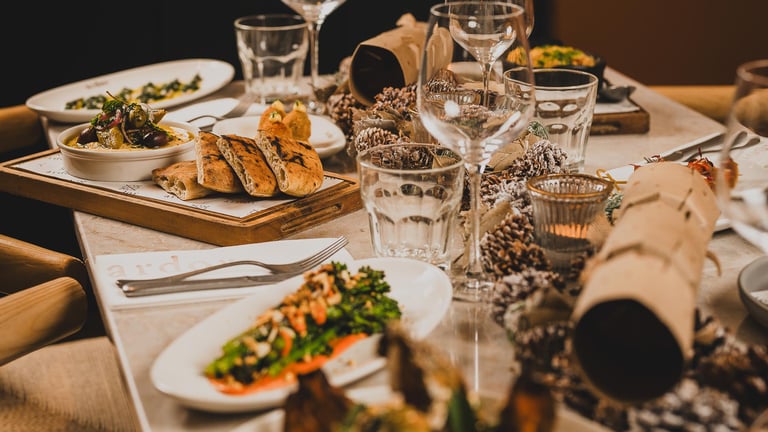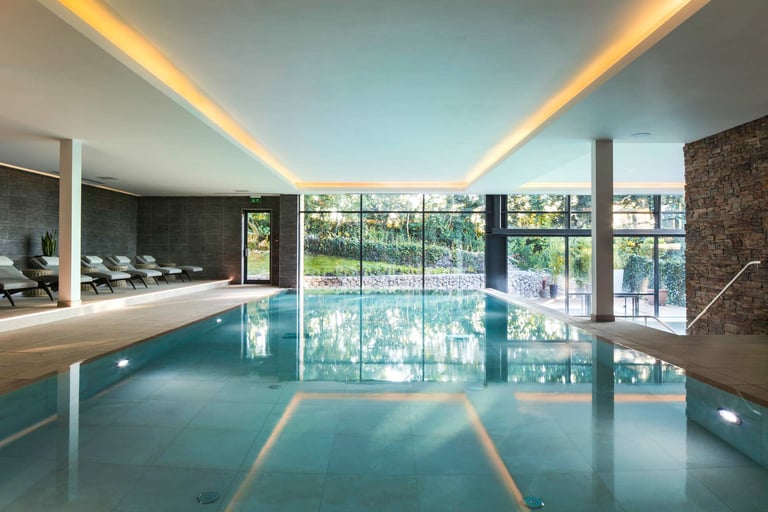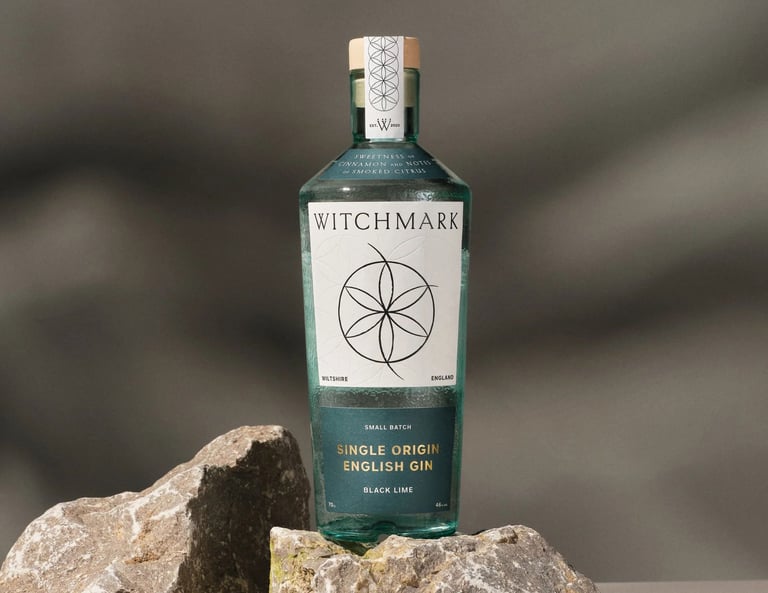Pop-up events are an excellent method of trialling menus, testing concepts, and introducing your food brand to new audiences. Whether it’s a couple of days or a couple of months, these short-term experiences create a tangible buzz around your business. But with limited time to make an impact, every decision counts in the run-up to the main event.
In this guide, we’ll explore key tips to ensure your pop-up restaurant or food stall is a success.
Invest in the Right Tech
As a pop-up kitchen, you might not have all the amenities of an established restaurant, cafe, or shop. You’ll need to choose your tech wisely, opting for devices that meet your business and audience needs, while still being suitable for a pop-up event.
When taking payments, for instance, look for a terminal that’s flexible and easy to set up, ensuring it can adapt to your changing business model. A contactless card machine from providers like SumUp is ideal. For smaller pop-up food stalls, it takes up minimal space while prioritising payment security, and for larger, dine-in events, you’re able to take payments at the table.

Depending on the size, duration, and idea for your pop-up, other smart tech includes:
- An inventory management app.
- QR codes for customer feedback and reviews.
- In-app ordering for dine-in locations.
- Portable lighting and speakers to create a welcoming vibe.
Create a Clear Concept
Pop-ups need a winning concept to attract customers in large numbers. You need an idea that’s exciting and enticing, while playing to the thrill of exclusivity that the short time-frame lends to your event.
For instance, a pop-up cafe might do a limited run of a small-batch coffee, created in collaboration with a local business (like a brewery or bakery), or even a seasonal brew, like a Christmas coffee. A pop-up restaurant could trial a new fusion menu, blending nostalgic British food with the lively flavours of Indonesian cuisine.
The point is, you need a hook that makes customers feel they have to visit you before you’re gone.
To come up with a winning idea, start by thinking about what makes your brand stand out – your USP. Then, look at the area you’re serving and get inspired by the local community or other indie businesses. Remember, too, that your final concept needs to align with your target market, bringing together creativity with strategic marketing for the perfect pop-up.
Choose the Right Location
Spicy food and craft beers aren’t going to hit right in the kids’ area of a shopping centre. Your location needs to suit your target audience and reflect your brand image, all while complementing the food you’re offering to give your pop-up the best chance of success.
The key is to go where your ideal customers already are. If you’re serving takeaway food, like pizza or lobster rolls, high-footfall areas can put you in front of a hungry crowd that’s on the move. Think music festivals, commuter spots, and sports arenas. For a more refined dining concept, partner with a gallery or boutique venue for the perfect upscale atmosphere.
Consider the practicalities of the space, too. Can you get the right licenses to serve food there? Is there space to make food on-site, if that’s your plan? Every detail matters here, so don’t rush choosing your dream location.

Market Your Pop-Up Event
With a limited time, you’ll want to hit the ground running at your pop-up. This means you need a strong marketing strategy to drum up excitement long before you set up your space.
Whether for a pop-up coffee shop, restaurant, or food stall, some great options for your marketing strategy include:
Social Media Marketing
Set up social media profiles for your pop-up event, or market it on your existing brand profile. Share behind-the-scenes content, tease menu items, and use countdown posts to build excitement for the big day.
It’s also a great idea to post details of the event in area-specific Facebook groups or community pages. You can encourage locals to get involved, too, by offering a special discount for the first 20 people who make a purchase or book a table.
Leaflets and Posters
You’re marketing to a local community, which is a great opportunity for print media marketing. Add posters around the area, for instance, with details of your event (including dates and where to find you!). Pop these through letterboxes, too, for a budget-friendly way of getting the word out.
Know a few businesses in the area? Ask them to display your posters and leaflets to give your pop-up an extra push.
Local Partnerships
Get involved with the community! Whether you’re new to the area or already have an established business, partnering with local figures generates a lot more visibility for pop-ups. It also builds trust and highlights your position as a part of the area, which is never a bad thing for a brand image.
Reach out for partnerships with local press, other small businesses, and influencers in the area. You could even invite them to a pre-opening event, letting them preview the menu and pop-up experience in return for promoting your event.
Have a Test of Your Event
The last thing you need is to realise something doesn’t work on the first day of your pop-up. Rather than risking this (and a whole lot of stress), run a test event that gives you and your team the chance to walk through hosting without the nerves.
Invite family and friends, letting them know you’ll be trialling your processes for the first time. This gives you a chance to test your tech, ensure your staff are properly trained, and collect feedback on your food and services. It’s also good practice for your entire team, and can take away some of those first-day jitters.
Make sure to host your test event at least a few days before your public opening. This leaves you plenty of time to sort out any issues and perfect your processes for a flawless first day of business.
Deliver a Memorable Experience
Pop-ups are about more than the food. A great menu will get customers through the door, but an engaging experience will keep them talking long after the event is over.
Curate an excellent customer experience and explore ways you can make this a stand-out event. Consider interactive elements, like letting customers vote on the next day’s special, or enable guests to watch the chefs cook their meals, breaking the barriers between kitchen and front-of-house.
Don’t forget the little touches, too! Choose music that reflects your vibe and decor that creates a warm atmosphere, for instance. Friendly service goes a long way, too, and always remind your guests to spread the word if they’ve had a great time.
Final Thoughts
Hosting a pop-up relies on detailed planning and a strategy that gets your target market talking. From your unique concept to the experience itself, remember to keep your customers at the centre of every decision you make. After all, they’re the ones who’ll decide if your event is a success!
For more food-related news, check out the latest on Food Lifestyle.






